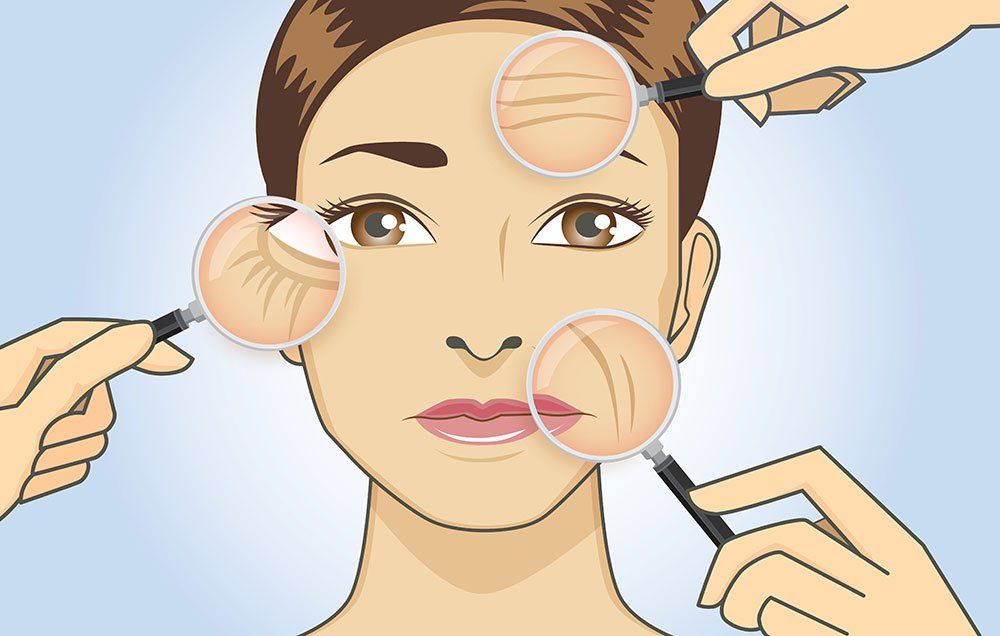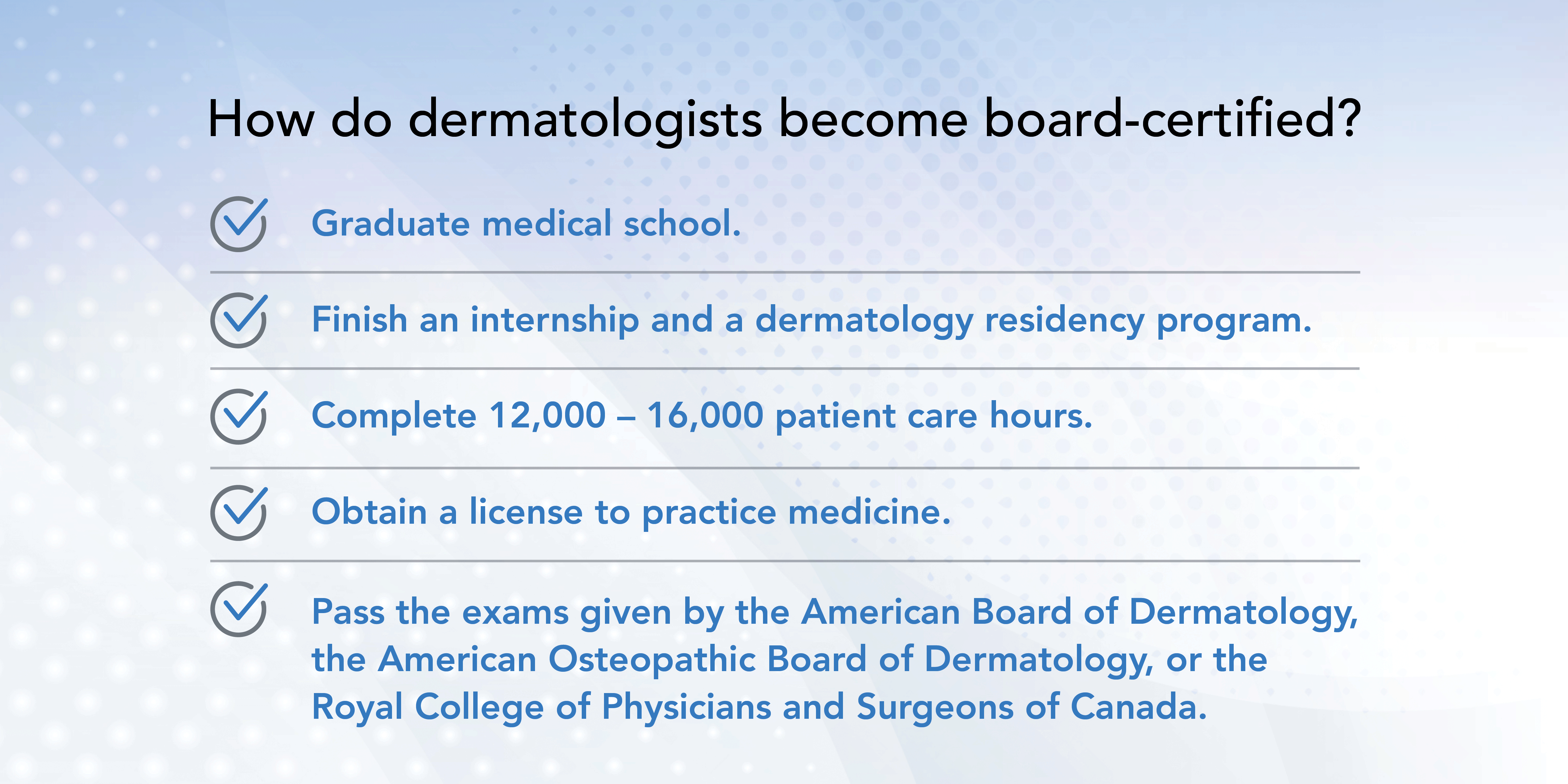Thorough Dermatology Expertise: Attending To Acne Issues, Mole Worries, and Dermatitis Manifestations
When it pertains to skin health and wellness, extensive dermatology expertise is vital; it empowers individuals to take on common skin concerns such as acne, mole abnormalities, and dermatitis with self-confidence. Understanding acne treatments, identifying prospective skin cancer signs in moles, and taking care of eczema triggers can considerably enhance skin health - acne treatment. This post will explore these topics, providing an informative consider the science behind these usual skin problems - an expedition that assures to enlighten and educate
Recognizing the Essentials: What Is Acne, Moles, and Dermatitis?
While many individuals may know with the terms acne, moles, and eczema, recognizing what they really are is a different issue completely. Acne is a skin disease characterized by inflamed or contaminated oil glands, frequently visible as pimples or areas, mainly on the face, back, and chest. Moles, on the other hand, are little skin growths brought on by collections of pigmented cells; they can appear anywhere on the body and differ in shade and size. Eczema, likewise recognized as atopic dermatitis, is a chronic condition causing irritated, itchy skin, frequently occurring in reaction to irritants or allergens. While these conditions prevail, they can have varying levels of extent and effect on an individual's life.
The Scientific research Behind Acne: Reasons, Kinds, and Therapies
The facility science behind acne begins with comprehending its development system. This detailed process, influenced by different variables, results in various sorts of acne. The short article will also touch upon reliable therapies readily available to manage and treat this common skin condition.
Acne Development System
An overwhelming bulk of people will certainly experience the common skin problem called acne at some time in their lives. Acne development starts with the overflow of sebum, an oily substance secreted by sweat glands in the skin. This excess sebum, together with dead skin cells, blocks the skin's pores. When these clogged pores become contaminated with Propionibacterium acnes, a germs normally present on the skin, inflammation takes place, leading to noticeable acne. There are various kinds of acne, consisting of blackheads and whiteheads (non-inflammatory), and papules, pustules, blemishes, and cysts (inflammatory) Hormonal changes, especially during adolescence or menstruation, can intensify acne by activating raised sebum production. Recognizing this mechanism is critical for making efficient therapies, a subject to be discussed later. skin cancer check.

Reliable Acne Therapies
Nearly everybody will come to grips with acne at some time, making a clear understanding of effective acne therapies necessary. Different treatments target various facets of acne, such as inflammation, oil production, and germs. Topical treatments like benzoyl peroxide and salicylic acid can get rid of germs and unblock pores. Prescription antibiotics can deal with swelling and microorganisms. For extreme instances, isotretinoin, a potent medicine, can lower oil manufacturing. Non-drug therapies consist of light treatment and chemical peels. It is very important to bear in mind that not all treatments will function for every person, as acne's reasons and extent differ. Dermatologists frequently customize therapies to individual requirements. Consistent use of the selected therapy and persistence are key to seeing enhancement.
Mole Issues: Recognition, Examination, and When to Look For Medical Interest
Moles, typical skin growths, website here call for cautious identification and regular examination for optimum skin health (acne treatment). Acknowledging the typical look of one's moles, along with any adjustments that may happen, is critical. Trigger clinical attention should be sought when certain indications, which will certainly be gone over, are discovered
Understanding Mole Recognition
Exactly how does one distinguish in between a safe mole and one that may need medical focus? First, understanding the features of typical moles is essential. A regular mole is typically round or oblong, has a smooth edge, and is no bigger than 6mm in diameter. The shade should correspond and can vary from pink, tan, brownish, or black. Moles typically show up during childhood years or adolescence, and by the adult years, lots of people have in between 10 to 40 moles. Moles that transform in size, form, or color, come to be itchy or hemorrhage, or show up after age 30 can be worrying. These abnormalities don't instantly suggest skin cancer cells but are factors to get in touch with a skin specialist. Understanding mole recognition is the very first step in skin health monitoring.
Carrying Out Routine Mole Assessments

Recognizing Important Clinical Signs
When should one look for clinical attention concerning moles? It is important to consult a dermatologist when uncommon attributes are discovered. These may consist of crookedness, uneven boundaries, varying colors, a size bigger than 6mm, or advancing dimension, shape, or color. Referred to as the ABCDE's of mole examination, these adjustments might point to malignant melanoma, a dangerous kind of skin cancer cells. Additionally, any bleeding, itching, or non-healing sores related to moles require instant medical interest. A person must additionally beware if brand-new moles show up after the age of 30 or if there's an abrupt rise in the variety of moles. Regular self-examinations coupled with professional assessments guarantee early detection and effective treatment of potential skin irregularities.
Eczema Explained: Reasons, Symptoms, and Handling Flare-Ups
Although dermatitis might appear as a simple skin inflammation to the inexperienced eye, it is, in truth, a complicated skin-related condition with a wide range of possible causes. Eczema, additionally referred to as atopic dermatitis, is typically created by a combination of hereditary and ecological aspects. Taking care of dermatitis commonly involves recognizing and staying clear of triggers, preserving an excellent skin treatment regimen, and making use of prescribed treatments.
Practical Skin Treatment Tips to stop and Manage Acne, Moles, and Eczema
Recognizing and dealing with skin conditions such as acne, moles, and eczema need practical and reliable skin treatment practices. A balanced diet regimen rich in anti-oxidants can improve skin health and wellness and reduced swelling, possibly reducing acne and eczema severity. Routine skin checks help in early mole discovery, potentially stopping skin cancer cells.
Specialist Dermatology Treatments: A Review of Modern Solutions
Skin doctors today have a wide range of efficient treatment choices to deal with different skin problems. With moles, specialist check over here elimination is executed if they posture a health risk. All these treatments are under the expert assistance and treatment of skin specialists, making certain secure and reliable monitoring of skin problems.
Verdict
Acne management calls for understanding of various therapy options, while mole assessment can lead to early detection of skin cancers. Comprehensive dermatology understanding is important for avoiding and taking care of these skin problems, emphasizing the requirement for professional skin doctor care to enhance skin wellness.